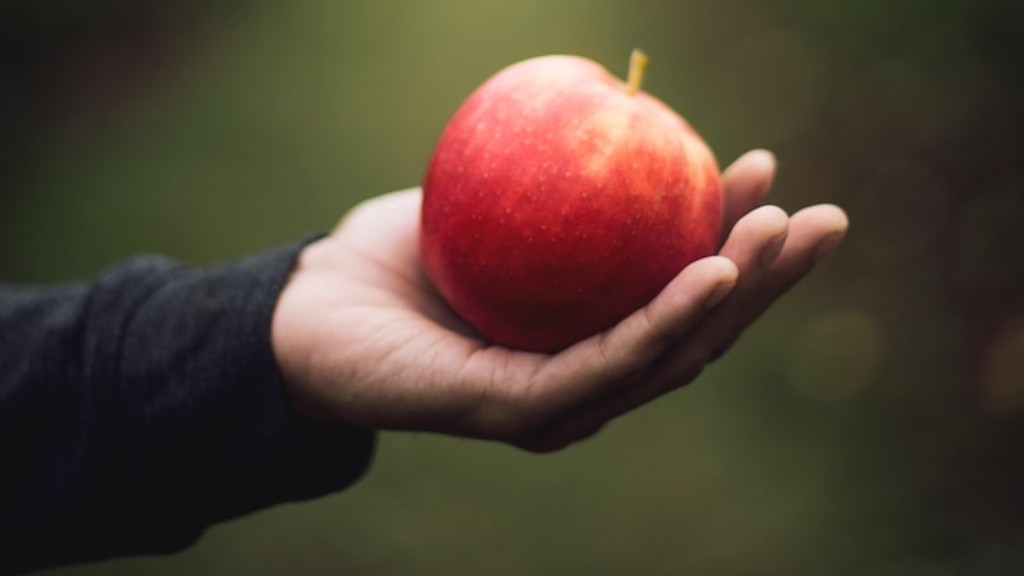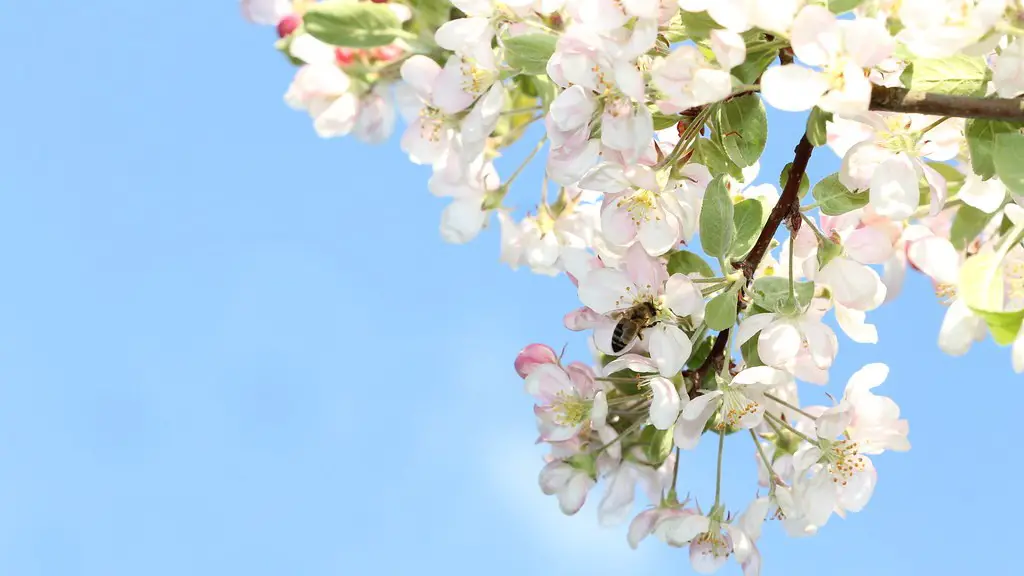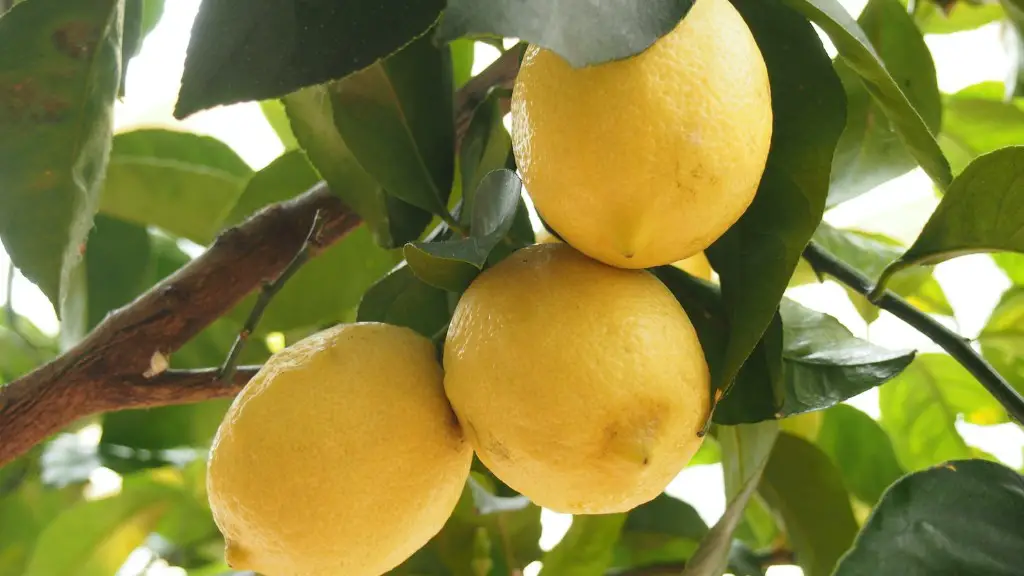Fresh, homegrown avocados are one of life’s joys and growing your own tree can be a rewarding experience. But the tree you choose to grow matters—when it comes to the best avocado tree, you want something that’s both hardy and fruitful. With different choices out there, how do you know which one is the best avocado tree for you?
First, you have to consider the climate you’re in. Different varieties of avocado tree have different temperature and humidity needs. If you buy a subtropical variety that prefers high heat, it won’t flourish in a cool environment. Look for native varieties that are especially suited to your region and take the climate into account when making your decision. You also want to research the local regulations when it comes to growing an avocado tree – some states have restrictions.
Consider the size, too. If you’re short on space, you won’t want to get a tree that grows too big, so be sure to research the expected sizes of the different varieties of trees. If you live in a cooler climate, you might want to look for a dwarf variety, as those tend to be smaller than the standard types.
The next important factor is pollination. Believe it or not, you need two avocado trees to make your own crop. The early fruiting types are self-polinator, meaning that you only need one tree, while the late flowering types will require two. Pick the variety that suits your needs, and remember that you’ll need to position the two trees in close enough proximity for the bees to carry the pollen from one to the other.
Once you’ve made all these decisions, it’s time to get the tree. Sometimes you can find grafted or even potted trees at your local nursery – these are usually best as they’re already used to the local climate and usually produce fruit faster than a seedling. If you want to go for a seedling, planting it in a container is your best bet – it’ll be easier to move the tree if you need to relocate or change the position for any reason.
Once you have the tree and it’s planted, the crucial thing is to give it good care. Avocado trees need lots of water and sunlight and should be fertilized regularly. If it’s in a pot, you’ll need to move it to somewhere sheltered during the colder months and keep it somewhere sunny during the warmer months. You should also clean away any dead leaves that have fallen on the tree in order to prevent any diseases.
Finally – and most importantly – be patient. Avocado trees can take anywhere up to five years for their first crop, so don’t expect overnight results. Depending on the variety of tree, you could get a bumper crop sooner – but it pays to be prepared for the long haul.
Fertilizer
Avocado trees require regular fertilizing in order to produce healthy fruits. Depending on your soil type, you may want to choose an organic or a chemical fertilizer. Organic fertilizers are usually a slow-release fertilizer, designed to last for weeks or months – giving your tree plenty of nutrients throughout the growing season. Chemical fertilizers can provide a stronger, quicker boost of nutrients and should be used in moderation.
If applying chemical fertilizers, it’s important to follow the instructions carefully. Too much fertilizer can have a detrimental effect, while too little won’t provide enough nutrition. To make sure your avocado tree is getting the right amount of nutrition, you may want to conduct a soil analysis – providing you with essential information about your soil type and nutrient levels.
Whichever type of fertilizer you use, you should apply it according to the instructions. If you’re using organic fertilizers, you’ll want to spread them evenly around the tree, avoiding leaving piles near the trunk – these could burn the roots or smother the growth. With chemical fertilizers, you should wait for rain or the next scheduled watering to make sure it reaches the roots of the tree.
Pruning
Pruning your avocado tree is essential for healthy growth and a large crop of fruit. Pruning is usually done during the winter months, when the tree is in its dormant period. This is when you should cut away dead branches and remove any shoots or stems that are overcrowding the tree. It’s important to be careful when pruning – when dealing with large branches it can be easy to damage the trunk.
Equally important is making sure you’re not pruning too much. Avocado trees aren’t like other fruit trees – too much pruning can actually reduce the size of your crop, as too much stress on the tree can take away its ability to produce fruit. If you’re not sure how much to prune, you might want to consult a professional to avoid overdoing it.
Pruning is also a great way to maintain the shape of the tree and make sure it has a sturdy architecture. You should aim to shape the crown, removing any limbs or branches that are crossing, compromising the tree’s structure and blocking light or air. Regular pruning will also encourage a more robust, stronger tree – and a bumper crop of avocados.
Harvesting
When it’s finally time to pick your avocados, it pays to do it right. Ripe fruit will have a soft texture and yield slightly to gentle pressure. If you’re not sure if it’s ready, pick one and wait a few days until it’s fully ripe. Unripe fruit will take a few days to reach its peak, giving you the perfect batch of ready-to-eat avocados.
To pick the avocados, you can use a picking bag or ladder or – if you don’t have either of these – simply use your hands. Be sure to be gentle when picking the fruit, as to not damage it, and be sure to use scissors or a knife to cut them away from the tree. Avoid using gloves and handles as they can damage the fruit too.
It’s important to keep in mind that an avocado tree can produce a large amount of fruit in one season, so it’s important to periodically check the tree and pick ripe fruit as it’s ready. If left on the tree, they could overripen and fall, potentially damaging other fruit.
Pests and Diseases
Unfortunately, avocado trees are prone to pests and diseases. The most common are aphids, mealybugs, scale, and mites. You should make regular checks on your avocado tree for any signs of pests and diseases, and look into organic or natural pest control options as soon as possible before an infestation takes hold.
In addition to pests, avocado trees can be affected by a variety of common diseases. These range from root rot to bacterial blotch, and can affect both the health and the quality of the fruit. If you’re seeing signs of disease, you should seek out the help of a tree care professional so that they can correctly identify the problem and provide guidance on combating it.
In order to protect your avocado tree and ensure a healthy crop of fruit, monitoring and regular care are essential. Keep an eye out for any signs of distress and address issues as they arise.
Storage
Once you’ve finally enjoyed your first delicious, homegrown avocados, you’ll want to keep some for later. There are a few methods for storing avocados, and how long they’ll last depends on how ripe they were when picked. If they’re ripe when you pick them, they can last up to a week when stored in the fridge. Unripe avocados, on the other hand, can last up to a month.
The most common method for storing avocados is to place them in an airtight container. This will help keep the moisture out that can cause it to spoil quickly. If you’re not sure how long your avocados will last, using a sealable plastic bag is a good option. This will help to keep the fruit fresh by sealing in the moisture it needs to stay fresh.
Another option is to freeze your avocados – though this will reduce the quality of the fruit when it’s thawed. To freeze avocados, you’ll first want to mash them up, adding a bit of lemon juice to the mixture. Then, you’ll want to place the mixture into a freezable container, such as a plastic bag or a Tupperware container. When frozen, it’ll keep for several months.
Conclusion
Growing your own avocado tree can be a rewarding experience – but it requires careful consideration. From climate to pollination, size to pruning, there are many factors to consider when choosing the best tree for you. With regular, attentive care, you can look forward to a delicious crop of homegrown avocados.




